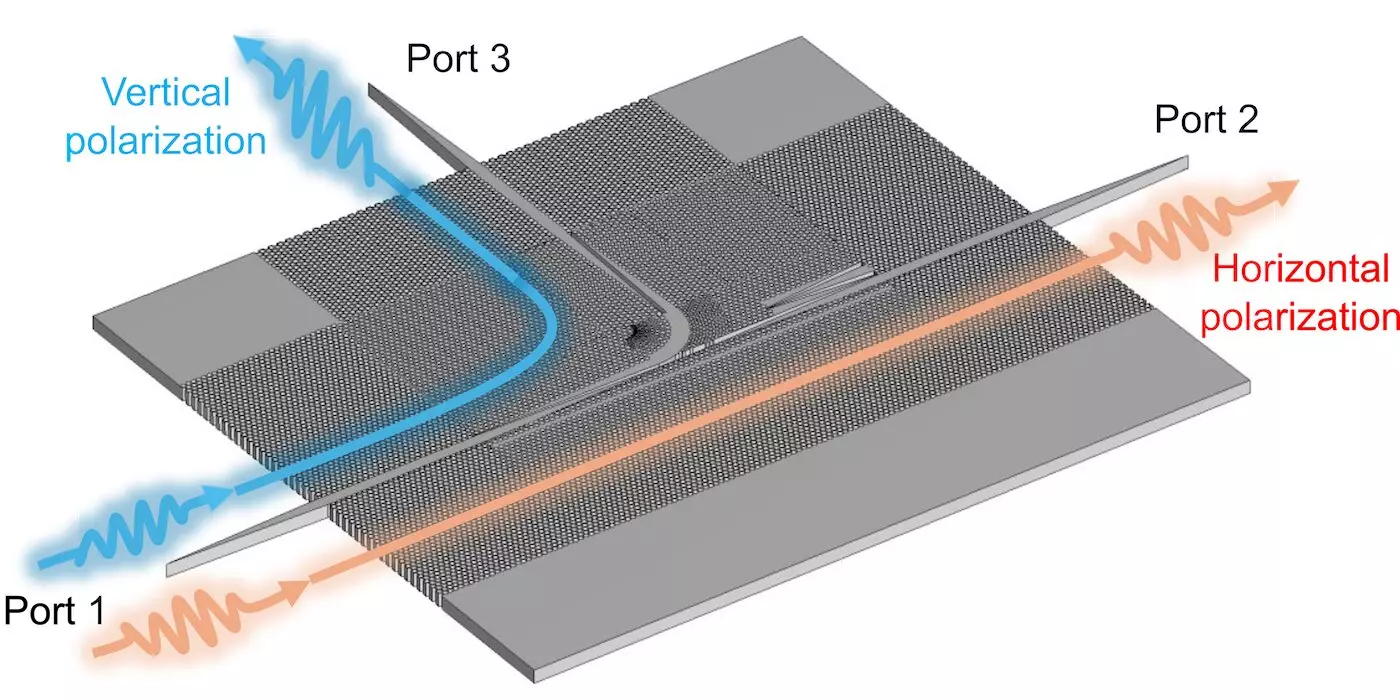The evolution of wireless communication technology has seen rapid advancements over the years, and we now stand at the brink of a remarkable shift with the advent of 6G communication systems. At the heart of this transformation is a groundbreaking development—a polarization multiplexer—designed to leverage terahertz frequencies. This innovation promises to propel data transmission rates far beyond those achievable with existing technologies. Terahertz communication could redefine the way we approach high-speed wireless connectivity, integrating a vast bandwidth that accommodates the growing demands of data-hungry applications.
By harnessing terahertz signals, researchers and developers are tasked with not only maximizing the available spectrum but also overcoming inherent challenges in managing this new resource. Key among these challenges has been the efficient integration and utilization of multiple signals without succumbing to data loss—a hurdle the research team has successfully navigated.
Under the guidance of Professor Withawat Withayachumnankul from the University of Adelaide, a dedicated research team has developed the world’s first ultra-wideband integrated terahertz polarization multiplexer. This device has been subjected to rigorous testing within the sub-terahertz J-band (220–330 GHz), showcasing its potential scope for 6G communications and beyond. The significance of this technology cannot be overstated; it is believed to enhance data capacity significantly by enabling the simultaneous transmission of multiple data streams over a singular frequency band. As Professor Withayachumnankul points out, this innovation could effectively double the data capacity while reducing data loss compared to current multiplexing devices.
This advancement positions the polarization multiplexer as a transformative tool capable of addressing the limitations of current systems. By facilitating the simultaneous sharing of several input signals—akin to multiple phone calls conveyed over a single wire—the multiplexer not only improves resource efficiency but also lays the groundwork for developing robust high-speed wireless networks.
Cost-Effectiveness and Scalability
One of the most pressing challenges in technological innovation often lies in the practicality of large-scale production. Fortunately, the manufacturing processes employed in creating this new multiplexer utilize standard fabrication techniques, allowing for cost-effective mass production. This feature is pivotal, as it enhances accessibility and integration across various sectors, ensuring that the benefits of higher data transmission rates are not confined to a select few but rather extend to a broader market, including telecommunications, augmented reality, and high-definition media streaming.
Moreover, Dr. Weijie Gao, a former Ph.D. student at the University of Adelaide now collaborating with Professor Masayuki Fujita at Osaka University, emphasizes the broader implications of this technology. He argues that the polarization multiplexer is a necessary precursor for more reliable wireless networks. By enhancing the efficiency of terahertz communication systems, the multiplexer could catalyze a surge in advanced research and application deployment.
The research team’s findings, recently published in *Laser & Photonic Reviews*, suggest an optimistic trajectory for terahertz technologies. By overcoming technical barriers, the potential applications of this polarization multiplexer are set to expand exponentially. In the coming years, innovations in high-speed communication technologies will likely emerge, with expectations for commercial prototypes and initial product launches within three to five years.
Looking towards the long term, the integration of these terahertz technologies across various industries could herald a new era in communications over the next decade. Fields such as imaging, radar, and the Internet of Things stand to be revolutionized, leading to new paradigms in how we connect, share, and interact with information and each other.
As we witness these advancements unfold, the seamless synergy between new technologies and previously developed systems—such as earlier beamforming devices—indicates a promising future for sophisticated communications functions. In short, the introduction of the polarization multiplexer marks a significant milestone in the laudable pursuit of a faster, more capable wireless infrastructure. As researchers further explore innovative applications, the advancement of 6G and its predecessors will establish a foundation that could redefine global connectivity.

